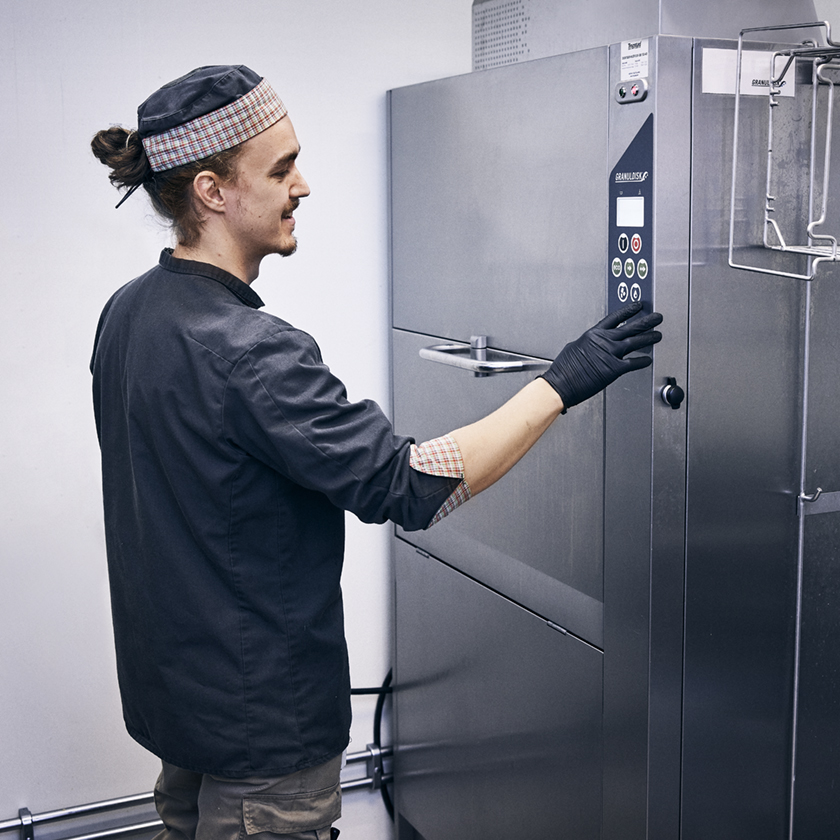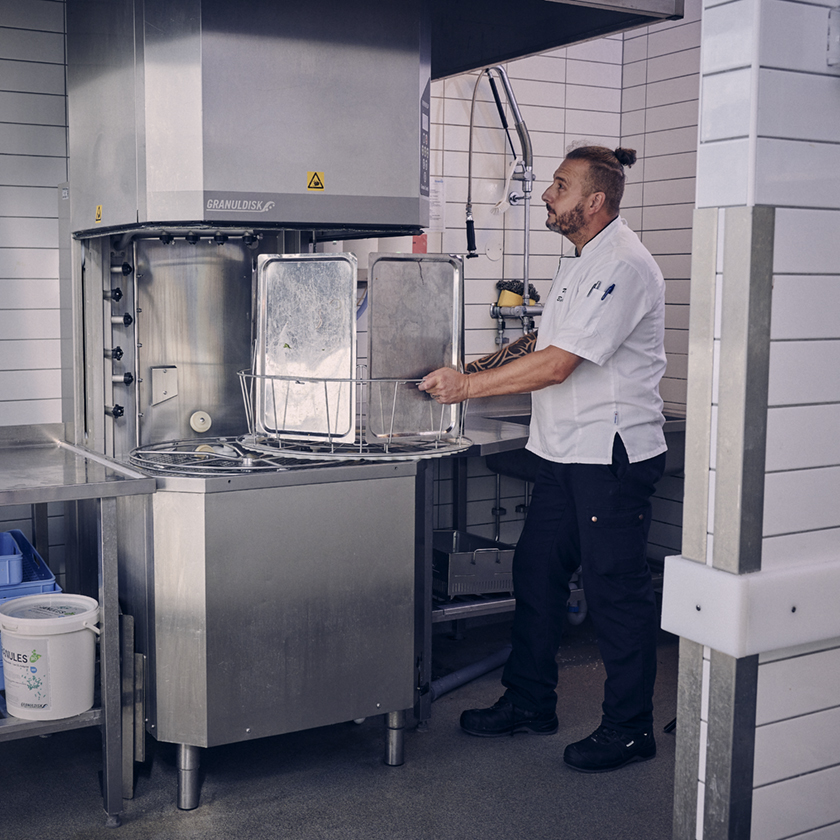Articles - January 13, 2023
How to Use a Commercial Dishwasher in 7 Simple Steps
Need a crash course on how to use a commercial dishwasher?
If yes, this article is simply perfect for you. Follow these 7 steps and you will soon find yourself mastering the commercial dishwasher in front of you like a piece of cake (or at least a whole lot better).
If you need further assistance, look for the correct manual for your specific machine. Or contact us and we’ll help you using our 35+ years of experience as a commercial dishwasher manufacturer.








